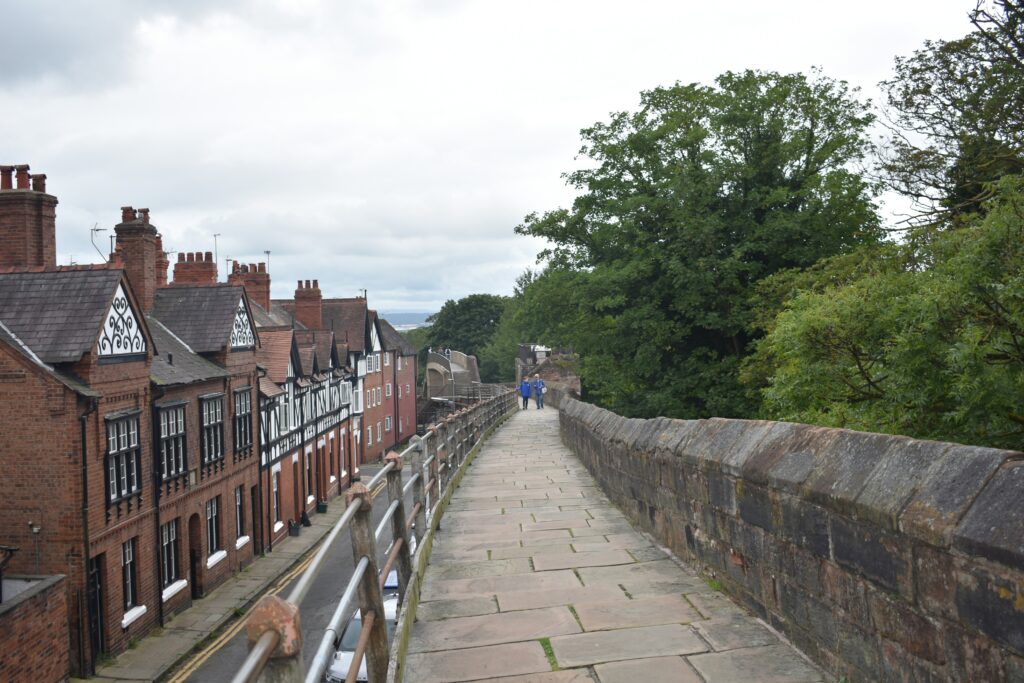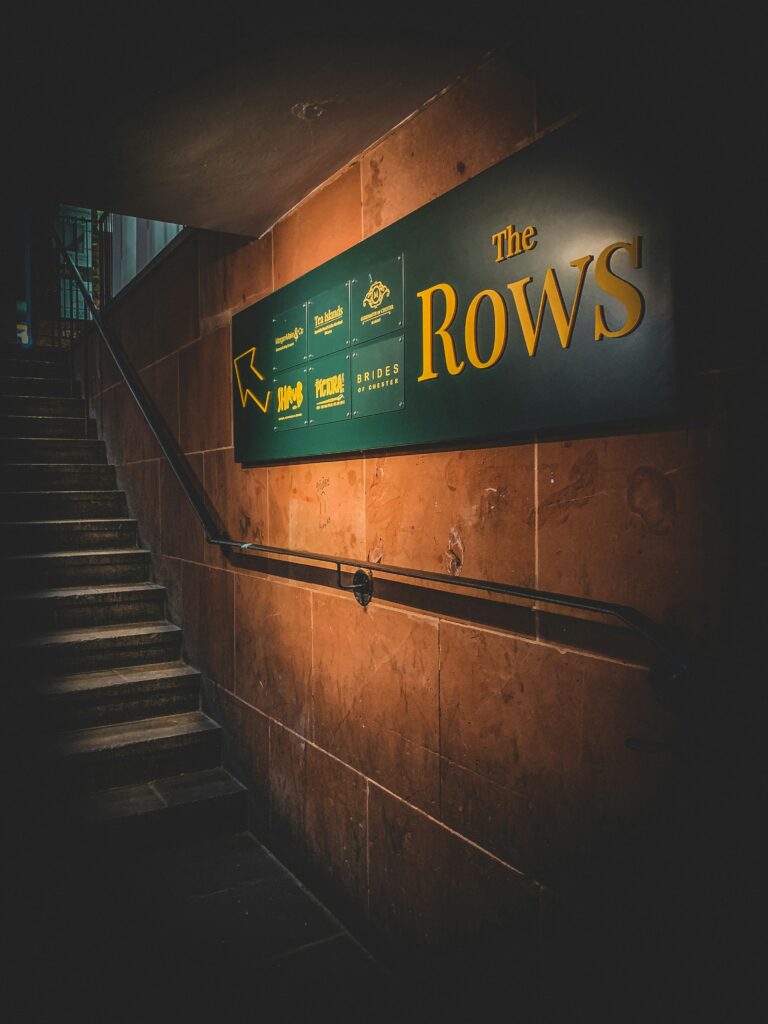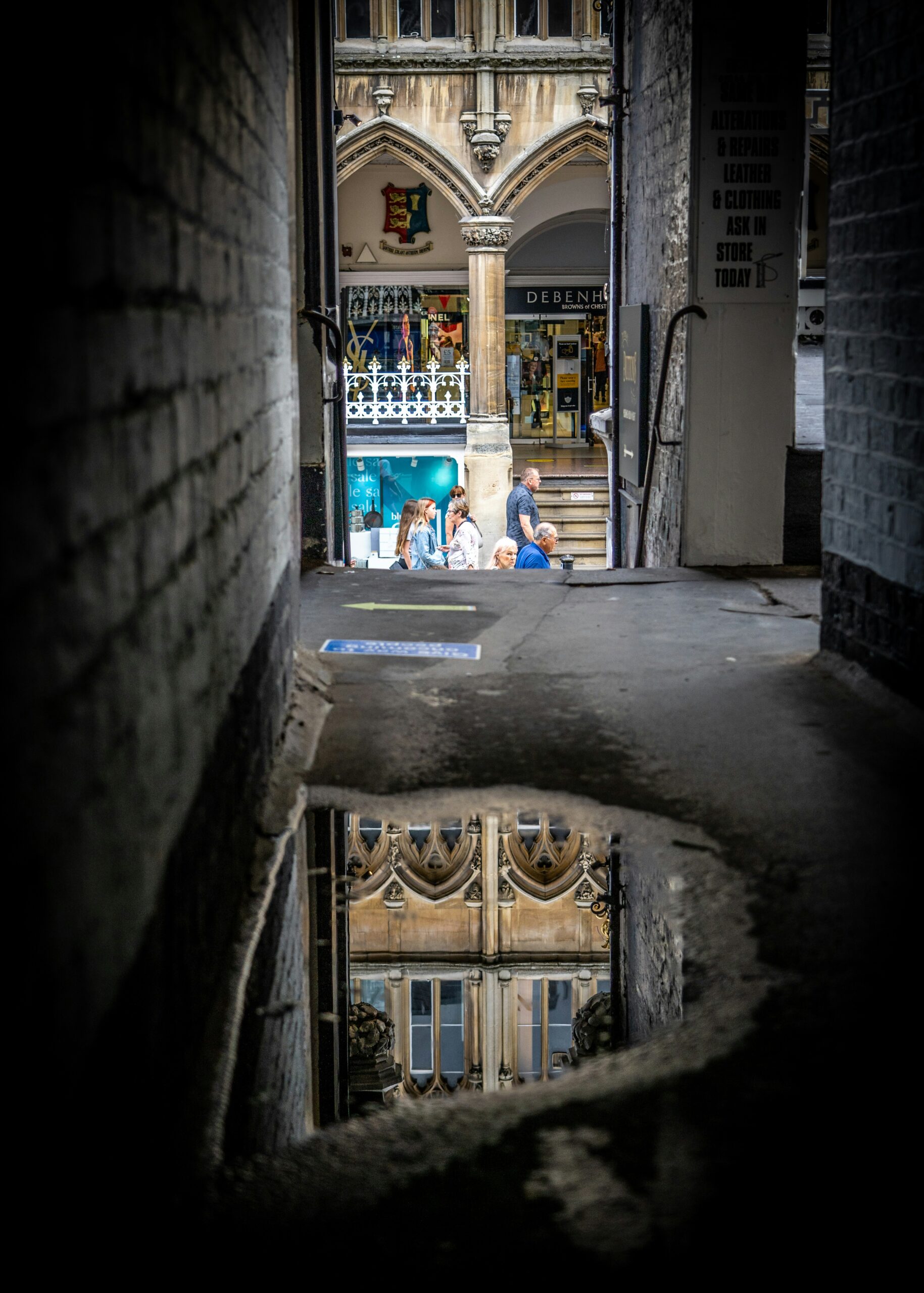What is Chester famous for
Chester’s Claim to Fame: Why This Historic UK City Stands Out
Chester sits among Britain’s most famous heritage cities, blending ancient history with modern charm. The city boasts the most complete Roman walls in Britain, dating back 2,000 years, which visitors can still walk today. Its unique two-tier medieval shopping Rows, Roman amphitheater, and thousand-year-old cathedral make Chester a treasure trove of British history. Beyond its ancient sites, Chester draws visitors with its world-class zoo, scenic River Dee, and the oldest working racecourse in England. This report explores the key features that have made Chester a must-visit destination, from its Roman foundations to its modern attractions.
Chester’s Roman Beginnings
The Founding of Deva Victrix
Chester’s story starts with the Romans, who built a fort called Deva Victrix in the 70s AD3. The name “Deva” likely came from the goddess of the Dee River or from the British name for the river itself. The Romans chose this spot for its key location, building a fortress that was 20% larger than others in Britain at that time, such as those at York and Caerleon. Some experts think this size hints that Chester might have been planned as the capital of Roman Britain instead of London. The fortress became a hub for Roman troops, mainly housing the Legio XX Valeria Victrix, which gave the second part of the city’s name. As soldiers settled in, traders and families built homes nearby, starting the first town that would grow into Chester.
The Roman Amphitheater
One of Chester’s most famous Roman sites is its amphitheater, built in the first century AD. This arena could hold between 8,000 and 10,000 people, making it the largest known military amphitheater in Britain. The space hosted various events that kept soldiers busy and trained, while also bringing the community together. Roman citizens would gather here to watch military training, mock battles, and other shows that were part of Roman life. Today, the remains of this grand structure offer a window into Roman Britain, showing how they brought their culture to this distant part of their empire. Visitors can walk where spectators once sat and picture the spectacles that took place in this ancient arena.

Roman Walls and Military Legacy
Chester has the most complete city walls in all of Britain, with parts dating back to the Roman era. These walls once guarded the Roman fortress from attack, showing the city’s key role in Rome’s plans for Britain. The Romans built these strong stone walls to protect their soldiers and the growing town around the fort. Over time, these walls became the basis for later defensive works as the city grew. Today, Chester’s walls stretch about two miles around the old city center, giving visitors a chance to walk a complete circuit above the streets. From this high path, people can see both the city’s historic buildings on one side and views of the Welsh mountains on the other.
Medieval Heritage and Architecture
The Famous Chester Rows
The Rows stand as Chester’s most unique feature – a 700-year-old network of two-level shopping galleries that can’t be found anywhere else in the world. These covered walkways run above the street level, creating a double layer of shops that makes shopping in Chester unlike any other city. Built during the Middle Ages when Chester was a rich trading port, the Rows show the city’s past wealth and smart design. The black and white timber style gives these buildings their famous look, mixing function with beauty. Today, these historic galleries house many shops and restaurants, letting modern visitors enjoy the same spaces used by shoppers for seven centuries. The Rows have become a symbol of Chester, drawing tourists who want to shop in a truly historic setting.

Chester Cathedral’s Timeless Beauty
Standing for over 1,000 years, Chester Cathedral forms a key part of the city’s skyline and history. This grand church shows off centuries of changing styles, from its Roman-style arches to later Gothic additions. Inside, visitors find bright stained glass windows, unique Christmas tree displays in season, and peaceful gardens that offer a break from city noise. The cathedral hosts regular choir performances in its refectory, filling the ancient space with music just as it has for centuries. Beyond its religious role, the cathedral serves as an art space with rotating exhibits and a community center for many city events. The building’s blend of history, art, and faith makes it a must-see stop for anyone visiting Chester.
Black and White Architecture
Chester’s black and white buildings give the city its picture-perfect charm, creating a scene that seems pulled from a history book. This Tudor and medieval style features dark wooden beams with white-painted walls between them, making a striking pattern across building fronts. Beyond the Rows, this style appears throughout the old city center, making Chester’s streets instantly known in photos. The style dates back hundreds of years but became especially popular during Tudor times when wealthy merchants built grand homes. Some buildings show off fancy carved details, while others feature overhanging upper floors that stretch out above the street. This mix of old styles makes Chester a favorite for those who love history and architecture, offering a view of old England that has largely vanished elsewhere.
Historic Landmarks
The Story Behind Eastgate Clock
The Eastgate Clock stands as one of the most photographed clocks in the world after London’s Big Ben. Built to mark Queen Victoria’s Diamond Jubilee in 1897 and fully restored in 2015, this clock sits atop the city’s eastern gate on the ancient walls. The clock tower was designed to look like the Cloth Hall in Ypres, Belgium, giving it a strong European style. What many visitors don’t know is that the clock only has faces on three sides, not four. The west side, which faces Wales, has no clock – some say because of old rivalries between Chester and Wales. This helps explain an odd medieval law that once allowed Chester folks to shoot any Welsh person found in the city after sunset with a longbow. Today, no one follows this old rule, and the clock stands as a proud city symbol that draws tourists year-round.
Chester Castle Through the Ages
William the Conqueror founded Chester Castle in 1070, making it a key part of his plans to control his new kingdom. The castle started as an earth and timber structure but was rebuilt in stone during the 1200s when another defensive area called the outer bailey was added. The castle passed to the king in 1237 when the last Earl of Chester died. Under Kings Henry III and Edward I, Chester Castle became the military base for England’s campaigns to conquer Wales. During the English Civil War in the 1640s, the castle served as a center for those loyal to the king6. Later, between 1788 and 1813, workers rebuilt the outer bailey in a new style called neoclassical. Through nearly a thousand years, the castle changed with each era of English history. Today, parts of the castle hold Cheshire’s county hall, courts, and a military museum.
Walking the Historic City Walls
Chester’s walls form a two-mile circuit that shows off the city’s long history of defense. These walls rank as the most complete in Britain, with sections from Roman times still visible among later additions. Unlike many cities that tore down their walls as they grew, Chester kept and rebuilt its defensive ring over time. Walking these walls offers the best way to see Chester, with raised paths that give views of both ancient and modern parts of the city. Along the way, signs explain the walls’ history and point out key spots where history happened. The walls pass near most of Chester’s famous sites, making a wall walk the perfect first activity for visitors. Many locals use the walls daily, turning what was once a military defense into a scenic path for work commutes and evening strolls.
Modern Attractions
Chester Zoo: A World-Class Wildlife Experience
Chester Zoo ranks as the most visited attraction outside London, drawing nearly two million people each year. Home to over 21,000 animals from 500 different species, the zoo focuses on saving the world’s most at-risk animals. Unlike older zoos with small cages, Chester Zoo creates large, natural spaces where animals can behave normally. The zoo’s work extends beyond Chester, supporting wildlife projects in 30 countries to protect animals in their natural homes. Visitors can watch rare rhinos, swim with otters, walk among free-flying bats, and learn about the zoo’s breeding programs for nearly extinct species. The zoo also leads the way in teaching the public about how to protect nature, turning a fun family day out into a chance to learn about helping our planet. This mix of fun and purpose has made Chester Zoo the UK’s number one charity zoo and a point of pride for the city.

The River Dee’s Scenic Beauty
The River Dee flows through Chester, offering a peaceful break from city streets and shops1. This calm waterway creates a tranquil setting where people stroll along grassy banks, rent boats, or simply sit and watch the water. In warmer months, the riverfront comes alive with small boats, canoes, and the larger River Dee cruises that take visitors on guided tours. Restaurants and cafes line parts of the shore, letting people eat while enjoying views of ducks, swans, and passing boats. Live music often plays near the water in summer, adding to the lively but relaxed mood. The river has shaped Chester’s history since Roman times when ships sailed up the Dee to unload goods from across the empire. Though the river later filled with silt and lost its role as a major port, it gained new life as a place for leisure and natural beauty.
The Roodee: Britain’s Oldest Racecourse
Chester’s Roodee Racecourse holds the title of oldest still-working racecourse in England, with horse racing held here since the early 1500s. What makes this site even more special is its past – before horses ran here, the space was a massive Roman harbor where ships docked with supplies. Over centuries, the harbor filled with sand, creating the flat ground perfect for racing. The name “Roodee” comes from “Rood Eye,” meaning “Island of the Cross” in old English, referring to a cross that once stood here. Today, the racecourse hosts racing meets that draw crowds dressed in their finest clothes, much like other famous British race events. The track’s small size and tight turns make races here extra thrilling to watch. Beyond race days, the Roodee hosts polo matches and other events that bring glamour and fun to Chester year-round.
Unique Claims to Fame
The Record-Breaking Ice Cream Farm
Just outside Chester sits a truly sweet attraction – The Ice Cream Farm, which holds two Guinness World Records. This farm makes over 50 flavors of ice cream right on site, including options for people with special diets. Its first world record is for having Europe’s largest water and sand play area, where kids splash and build on warm days4. The second record belongs to its ice cream parlor, which seats 180 people at once, making it the biggest in the world according to experts. Beyond ice cream, the farm offers family activities that have made it the most visited ice cream attraction in Northwest England. The farm shows how Chester mixes history with fun modern attractions, giving visitors a range of experiences beyond old buildings and museums. This blend of new and old helps Chester stay fresh while honoring its past.
The Only Roman Rock-Cut Shrine in Britain
Among Chester’s more hidden treasures is the only Roman rock-cut shrine found in the United Kingdom. This weathered piece of rock carries the marks of Roman religious practices, showing how ancient soldiers brought their beliefs to Britain4. Unlike temples built from blocks, this shrine was carved directly from living rock, making it rare and special to historians. Though time and weather have worn down many details, the shrine still shows how Romans adapted to local materials while keeping their traditions. This small but key find helps piece together daily life in Roman Chester, going beyond military facts to show the personal and spiritual sides of those who lived here nearly 2,000 years ago. The shrine stands as just one example of the many Roman traces still being found in Chester, as new digs and building work often uncover more signs of the city’s first builders.
Chester’s Lasting Appeal
Chester’s charm comes from its unique mix of time periods all visible at once. Walking its streets, visitors pass Roman walls, medieval rows, Tudor houses, Georgian terraces, and modern shops all within minutes. This layered history gives Chester a depth that newer cities lack. The city has faced challenges through time – it was besieged for two years during the Civil War until hunger forced people to give up, and later lost its status as a major port when the River Dee filled with silt. Yet each time, Chester adapted and found new purpose. Today, tourism drives much of the city’s life, with visitors drawn by the same features that have made Chester special for centuries. The Roman walls still stand, the Rows still offer shelter to shoppers, and the cathedral still marks time with its bells as it has for a thousand years.
Chester’s fame rests on how it brings history to life. Unlike museum pieces behind glass, Chester’s treasures remain part of daily life. People shop in ancient buildings, walk on Roman walls, and worship in a medieval cathedral not as tourists but as locals going about their day. This living connection to the past makes Chester more than a collection of old stones – it makes the city a place where history feels real and present. From the Roman soldiers who built the first walls to the modern visitors who snap photos of the Eastgate Clock, Chester has always been a place where people leave their mark and, in turn, are marked by the city’s special charm.
